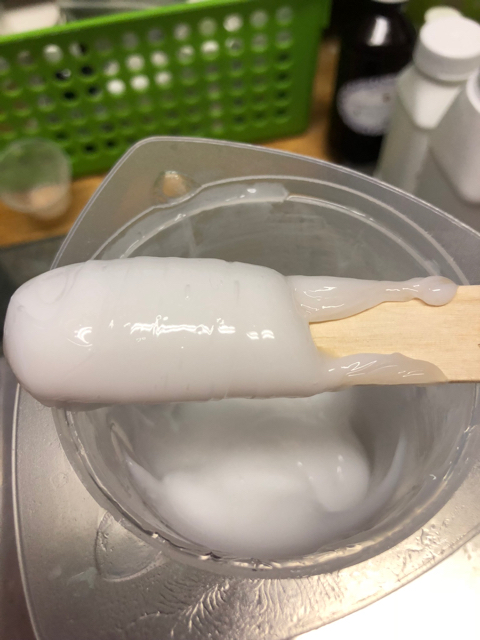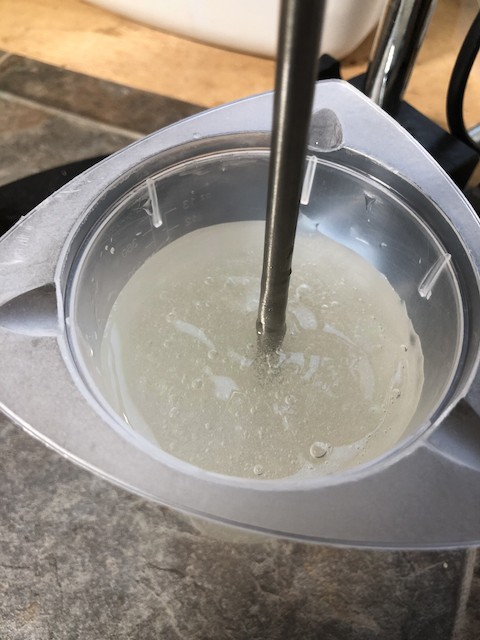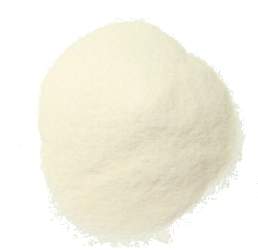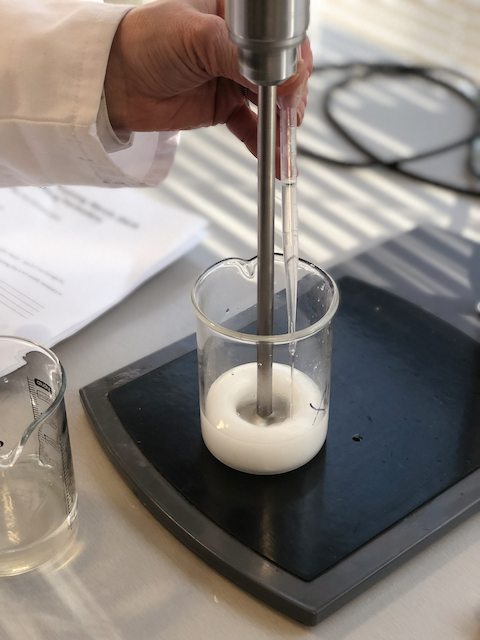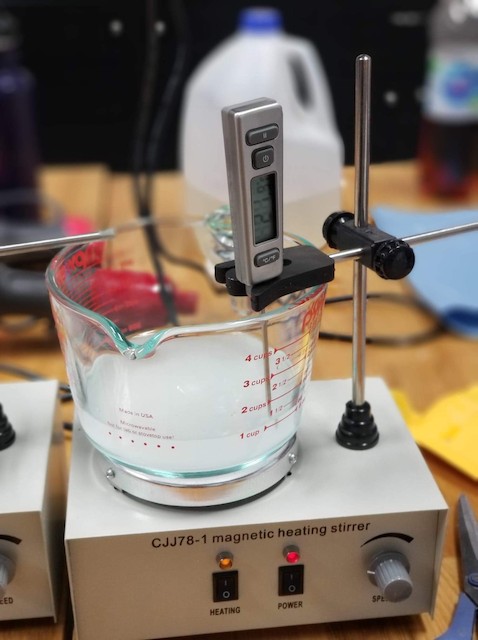#alltheingredients: Sepigel 305™ (INCI: Polyacrylamide (and) C13-14 Isoparaffin (and) Laureth-7) – cold process liquid emulsifier
Sepigel 305™ (aka Cosmagel 305, CC Sepgel 305) is a translucent to opaque, white-ish, pre-neutralized, non-ionic liquid that works as an oil-in-water emulsifier at 2% to 5% or a thickener for aqueous products at as low as 0.1%. It creates what are called cream-gels, which is one that has a gelling agent along with an...

